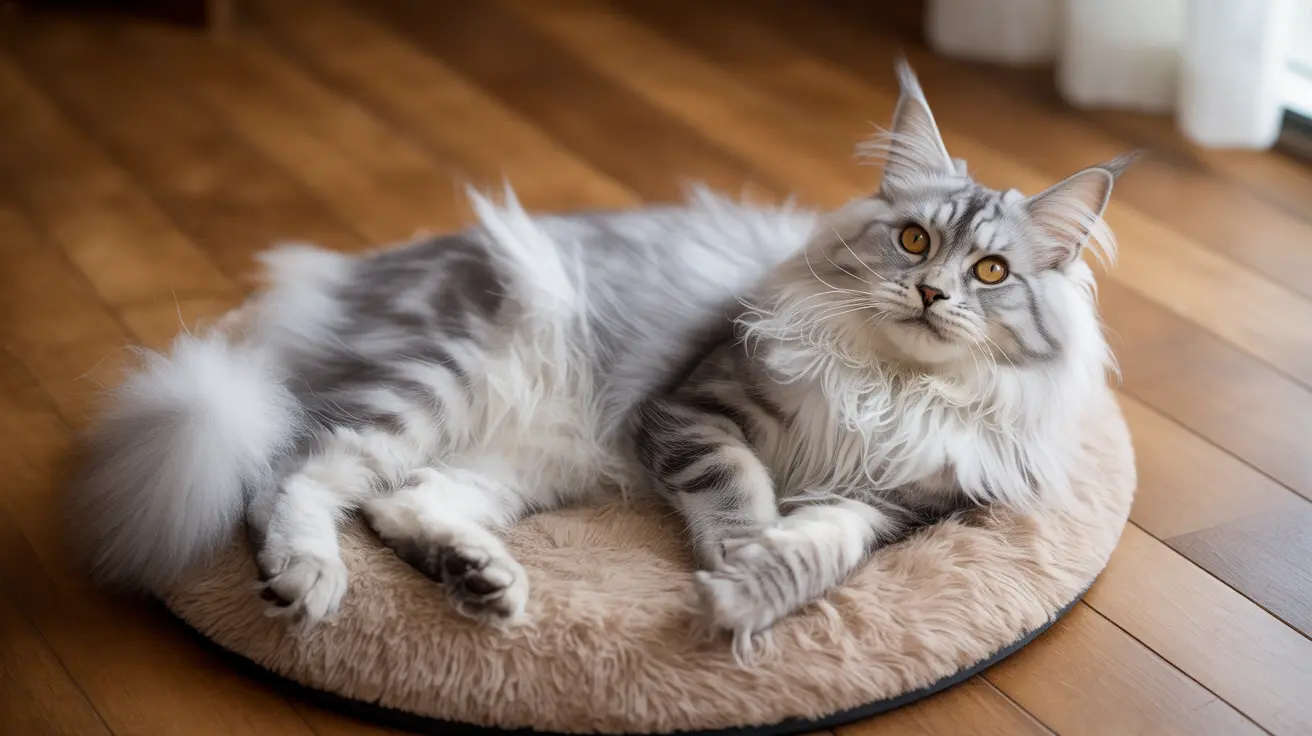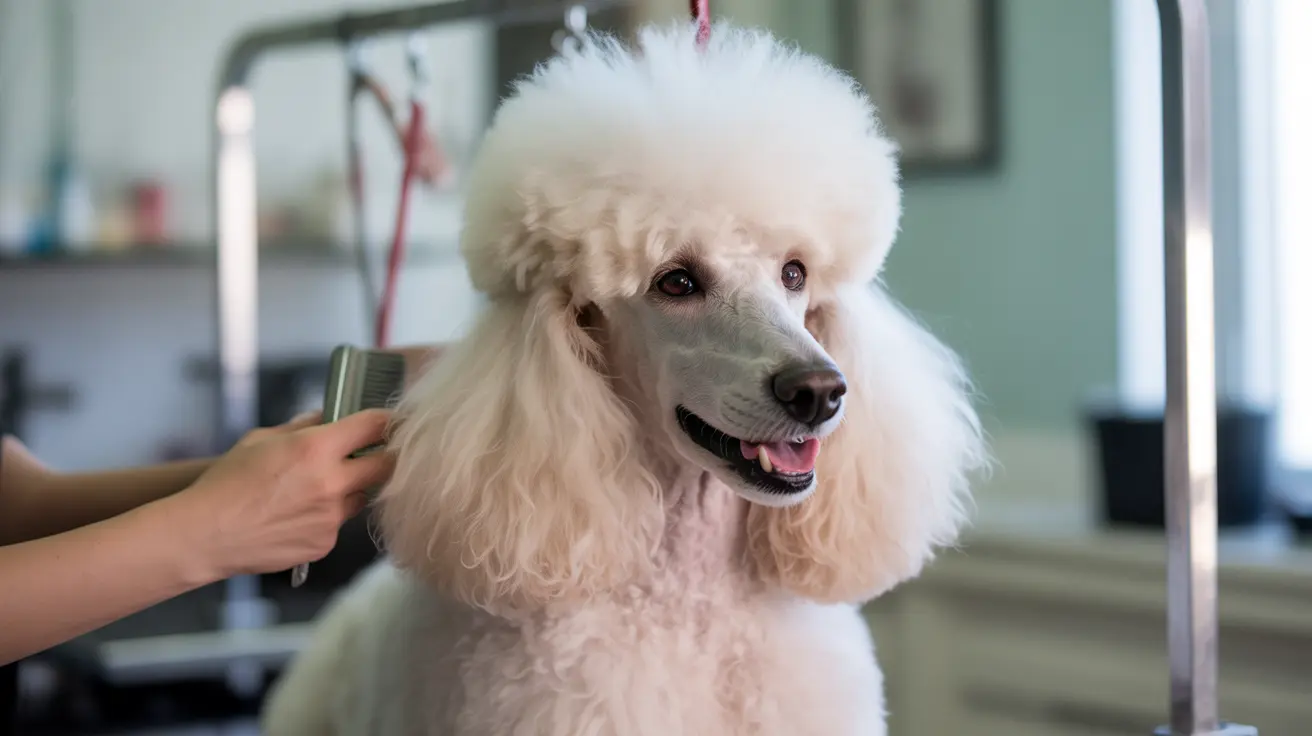What Happens If a Cat Eats Hyacinth?
Many pet owners enjoy decorating their homes and gardens with flowering plants, but not all greenery is safe for our furry companions. One such plant that poses a serious health risk to cats is the hyacinth. Beautiful and fragrant, hyacinths may be inviting to pets, but they contain toxic compounds that can make your cat very ill.
Understanding Hyacinths and Their Toxicity
Hyacinths belong to the Liliaceae family and are known for their vibrant colors and concentrated fragrance. Unfortunately, all parts of the hyacinth plant are toxic to cats, with the highest levels of toxins found in the bulbs.
The primary toxins in hyacinths are oxalates and allergenic lactones, specifically concentrated in the bulbs (roots). These compounds can irritate your cat’s mouth, stomach, and intestines when ingested.
Symptoms of Hyacinth Poisoning in Cats
If your cat consumes any part of a hyacinth plant, especially the bulb, you might observe the following symptoms:
- Drooling or excessive salivation
- Vomiting and gastrointestinal upset
- Diarrhea
- Lethargy and signs of depression
- Tremors (in severe cases)
- Loss of appetite
Symptoms typically appear rapidly after ingestion and may vary depending on the amount consumed and your cat’s size and health condition.
What To Do If Your Cat Eats Hyacinth
If you suspect your cat has eaten hyacinth, especially the bulb, take the following steps immediately:
- Remove your cat from the area to prevent further consumption.
- Check for symptoms like drooling, vomiting, or unusual behavior.
- Contact a veterinarian as soon as possible. Be ready to provide information on what part of the plant was eaten and how much you believe was ingested.
- Don't induce vomiting unless specifically instructed by a vet.
Prompt veterinary attention can significantly improve outcomes in cases of plant poisoning.
How Vets Treat Hyacinth Poisoning
Veterinary treatment depends on the severity of the poisoning. Common interventions include:
- Activated charcoal to absorb remaining toxins
- IV fluids to maintain hydration and flush out the toxins
- Antiemetic medications to control vomiting
- Supportive care as needed based on clinical signs
If treated early, recovery from hyacinth poisoning is possible, although more serious cases may require extended medical care.
Preventing Exposure: Cat-Safe Gardening and Florals
Keeping your cat safe begins with knowing which plants are hazardous. Here are steps to prevent potential hyacinth poisoning:
- Avoid planting hyacinths in areas accessible to your cat.
- Store bulbs securely when gardening to prevent curiosity-driven ingestion.
- Choose cat-friendly alternatives like spider plants, cat grass, or African violets.
It's also wise to check labels or conduct research before bringing any new plant into your home or garden.
Conclusion
While hyacinths are beautiful, they present a clear danger to cats. Consuming any part of the plant, especially the bulb, can result in serious health issues. As a responsible pet owner, it is essential to recognize the symptoms of toxicity and seek immediate veterinary care. With fast action and preventive measures, you can ensure that your home remains both beautiful and safe for your feline friend.





